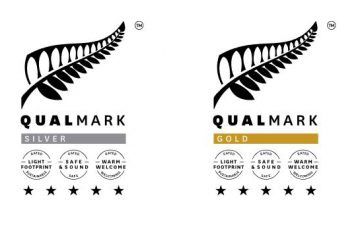近所の人が危険にさらされている、または暴力的/反社会的性質の騒動だと思われる場合は、111に電話して警察に通報してください。
- 苦情を申し立てるとどうなりますか?
- オペレーターが苦情の詳細を取ります
- これらは当社の騒音取締担当者に送られます
- スタッフが宿泊施設を訪問し、騒音レベルを評価します
- 騒音レベルが過大であることが判明した場合、72時間にわたって過度の騒音を禁止する通知が発行されます
- これが破られると、ノイズ発生装置(ステレオなど)が押収される可能性があります
。
。
。
お客様の詳細を秘密にすることは当社の方針ですが、匿名の苦情には対処できません。
過度の騒音に対する罰金
RMAの規制では、過度の騒音を出すのをやめなかった場合、最高500ドルの罰金が科せられます。過度な騒音を出すのをやめるという評議員の指示が無視された場合、騒音を出す者は即座に罰金を科せられます
。
執行官から要求されたときに、氏名や生年月日などの特定の情報を提供しなかった場合、最高300ドルの罰金が科せられます。
騒音管理-資源管理法
1991年の資源管理法(RMA)は、環境や人々への影響を最小限に抑えるために、不合理または過度の騒音を制御することに関するものもあります。
その目的は、「不合理な」または「過度な」騒音から人々を守ることであると同時に、ある程度の騒音を発生させる人々や産業の権利を認めることです。
RMAでは、過度な騒音とは、人が制御する騒音で、誰かの「安らぎ、快適さ、便利さを不当に妨げる」騒音と定義しています。RMA のセクション 326、327、および 328 は
、過度のノイズについて説明しています。

















































